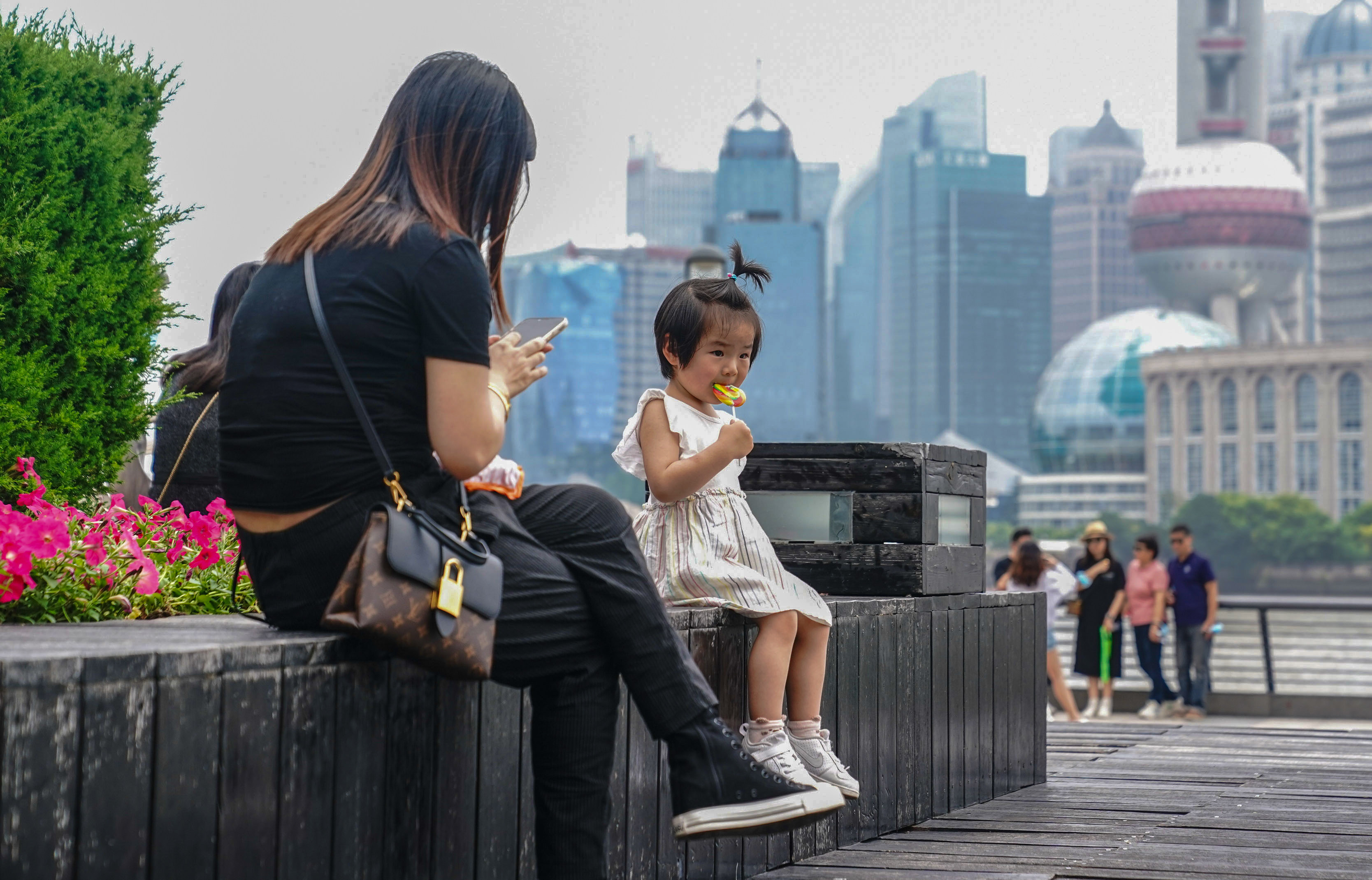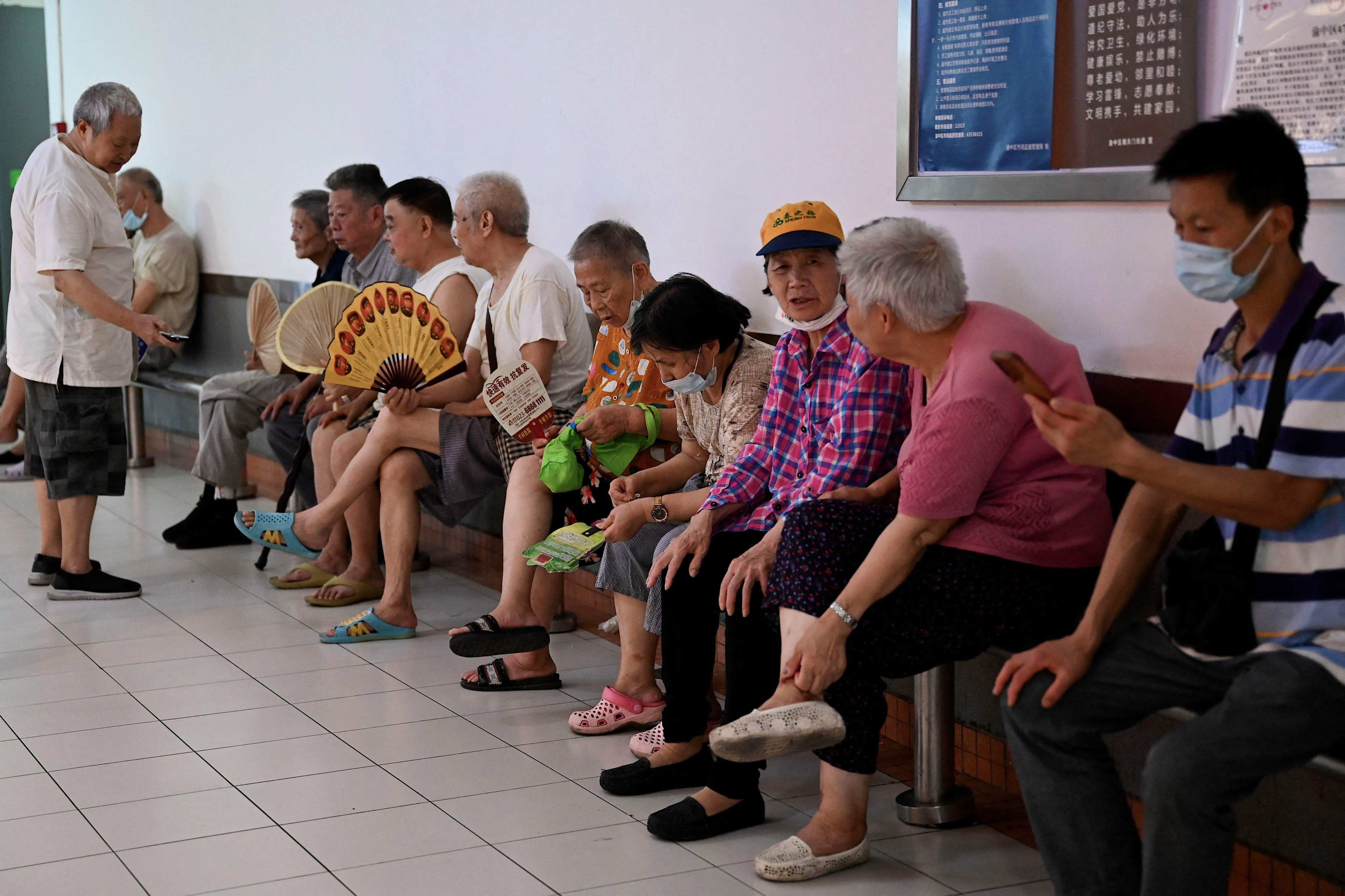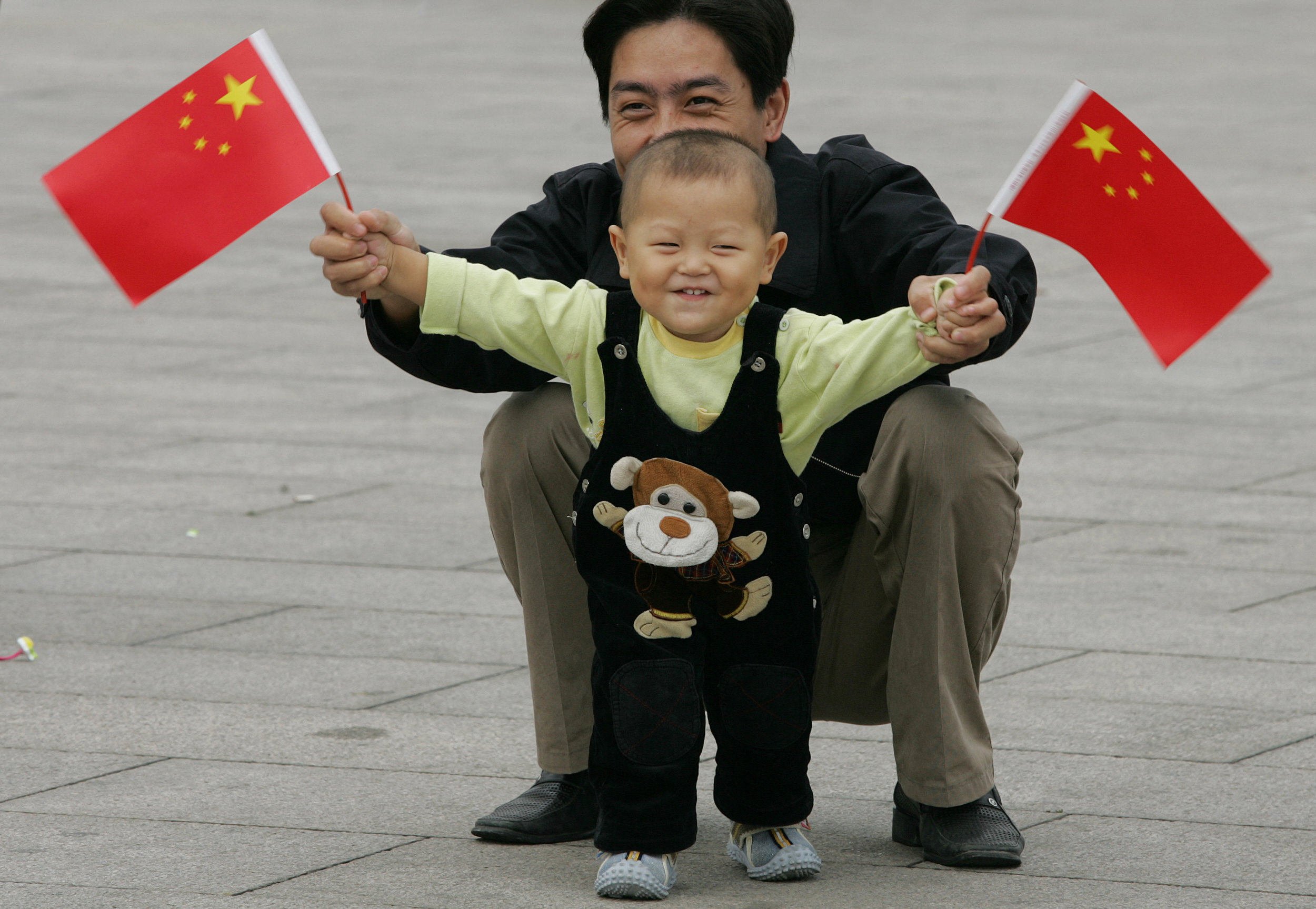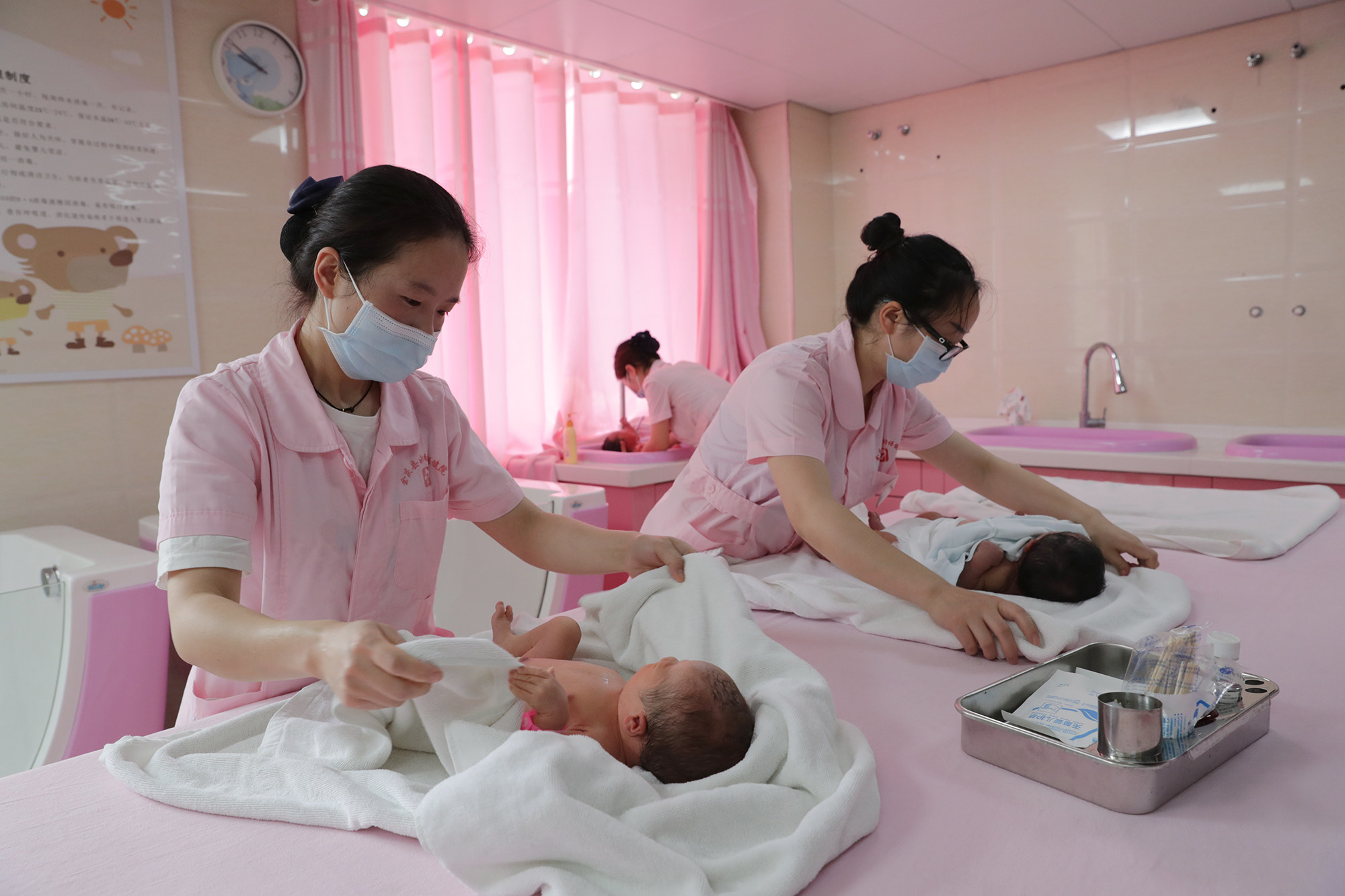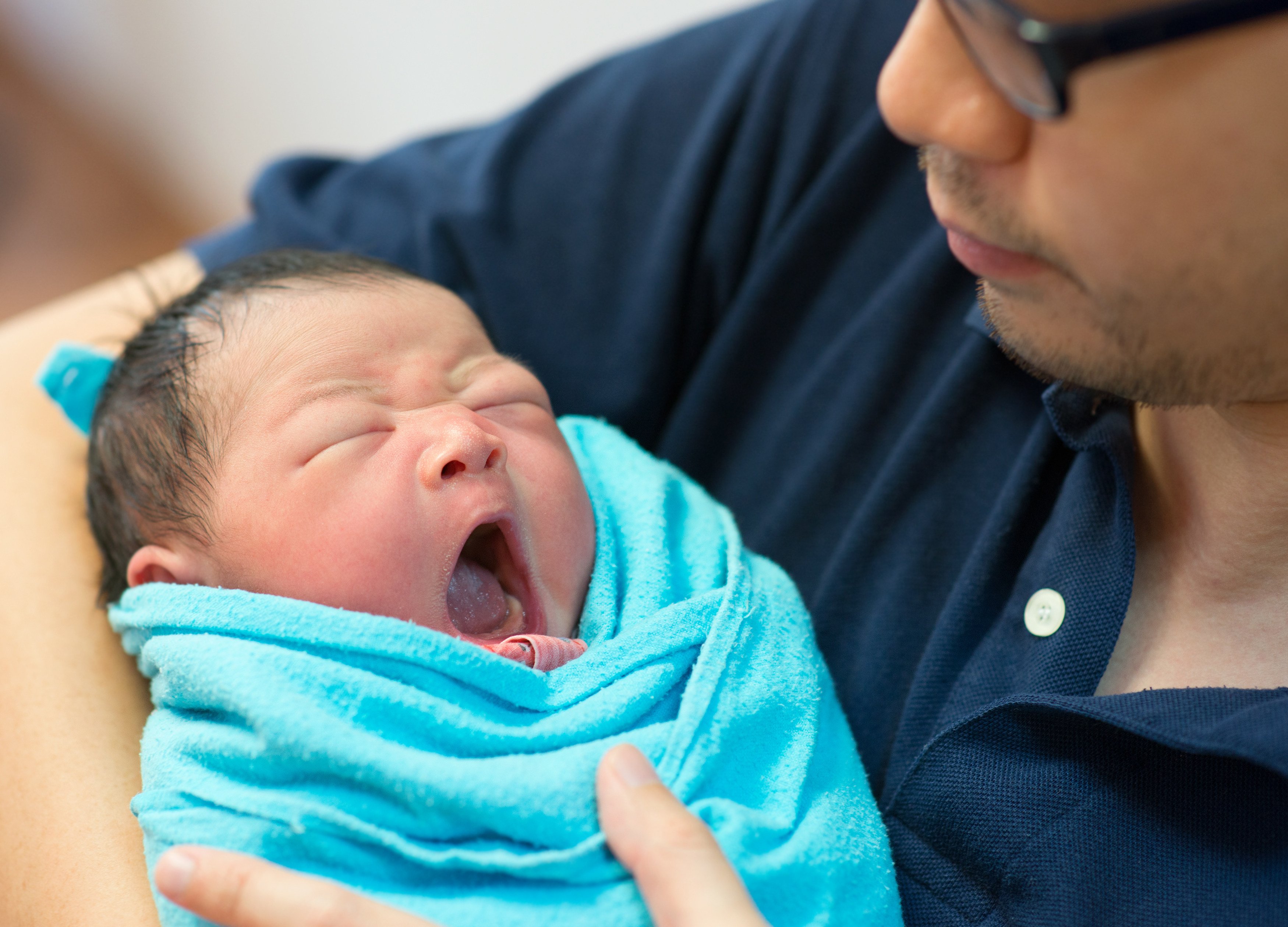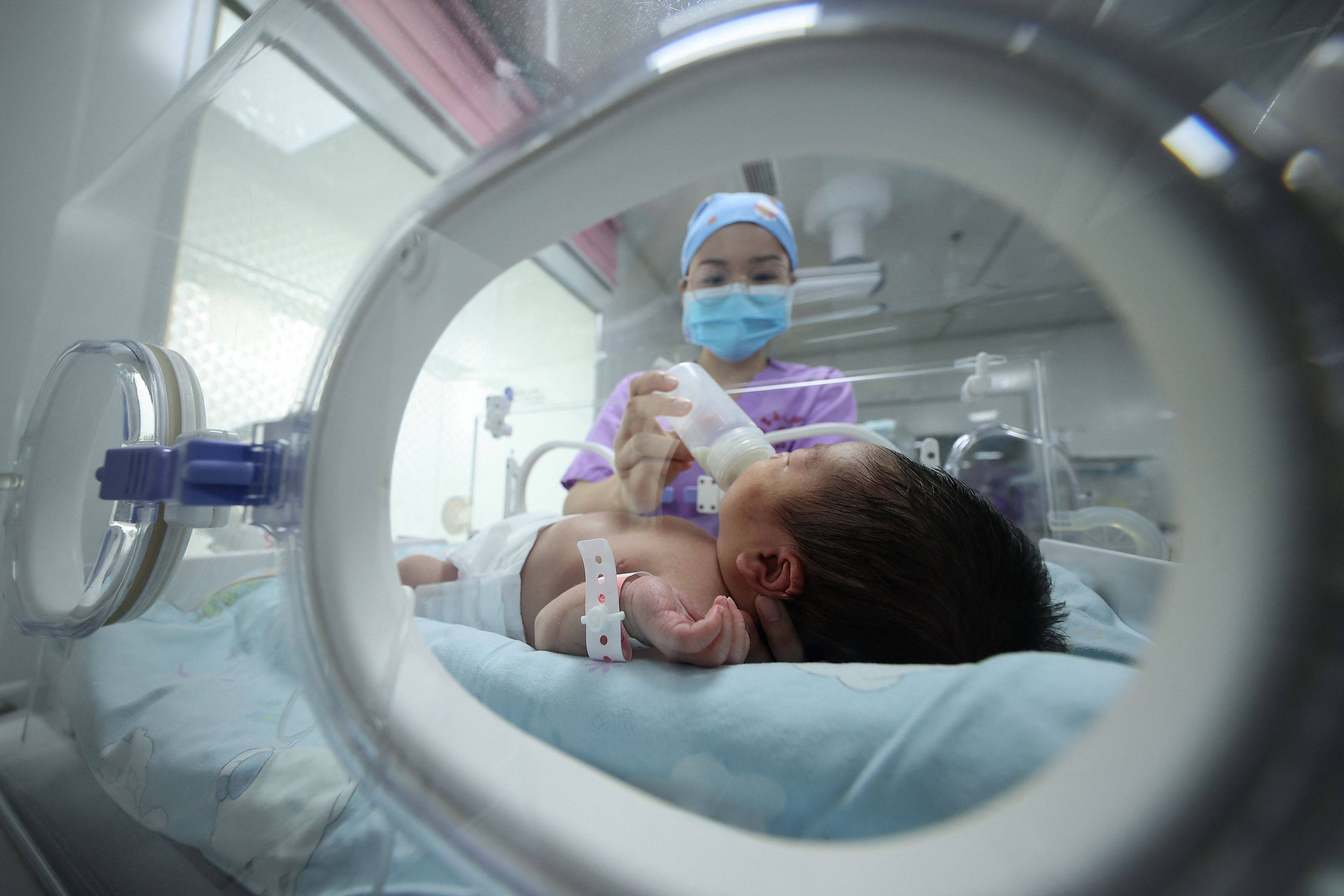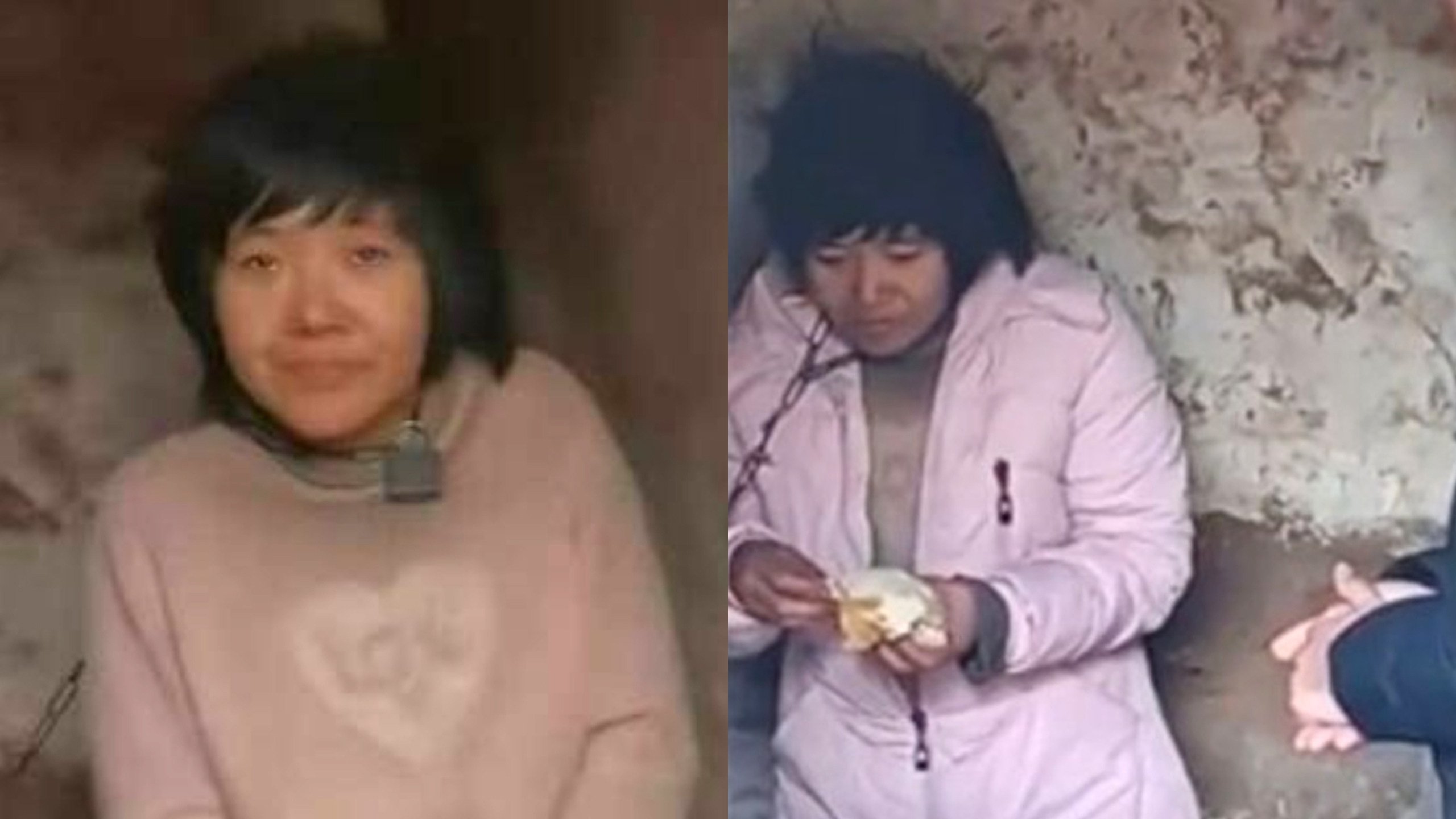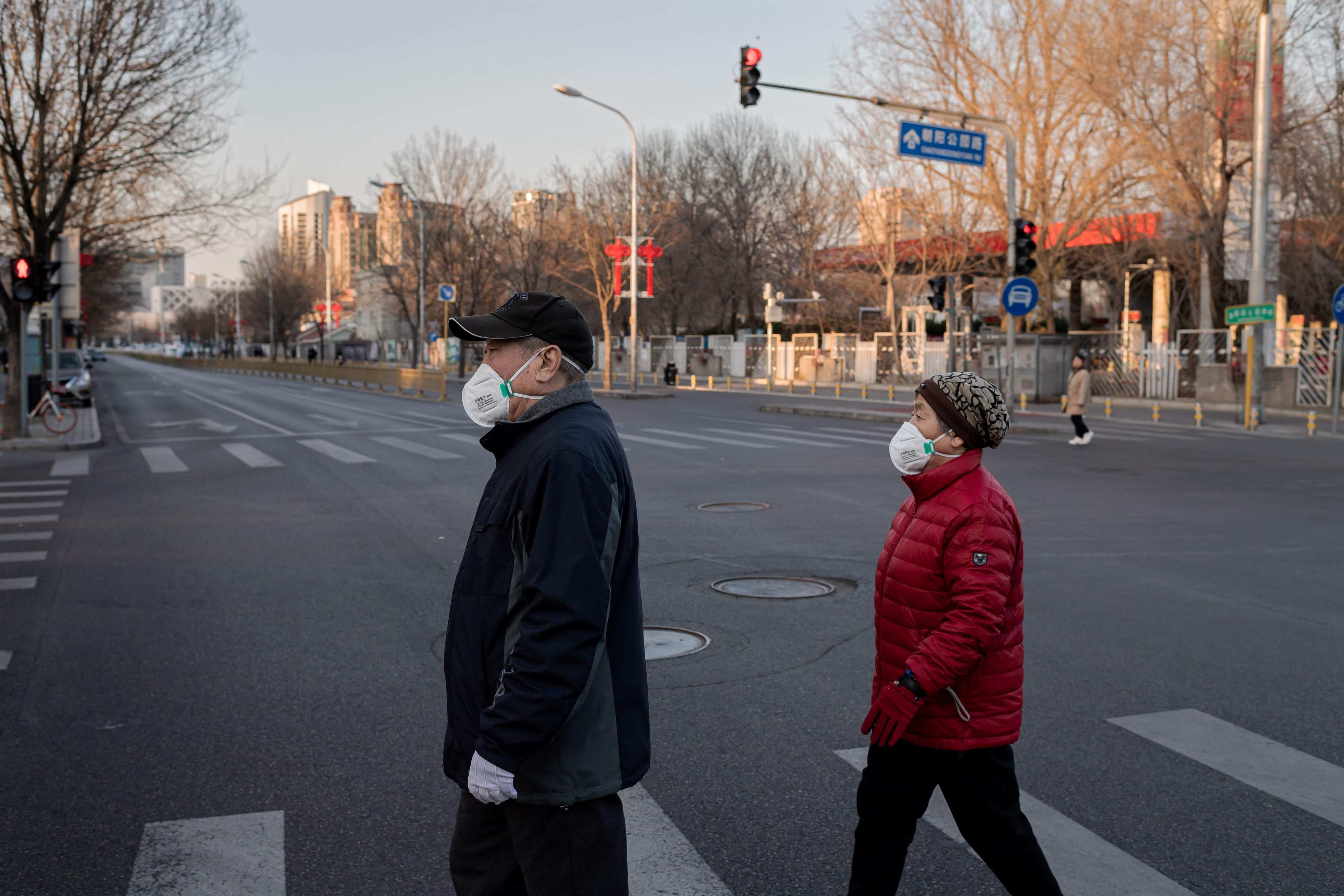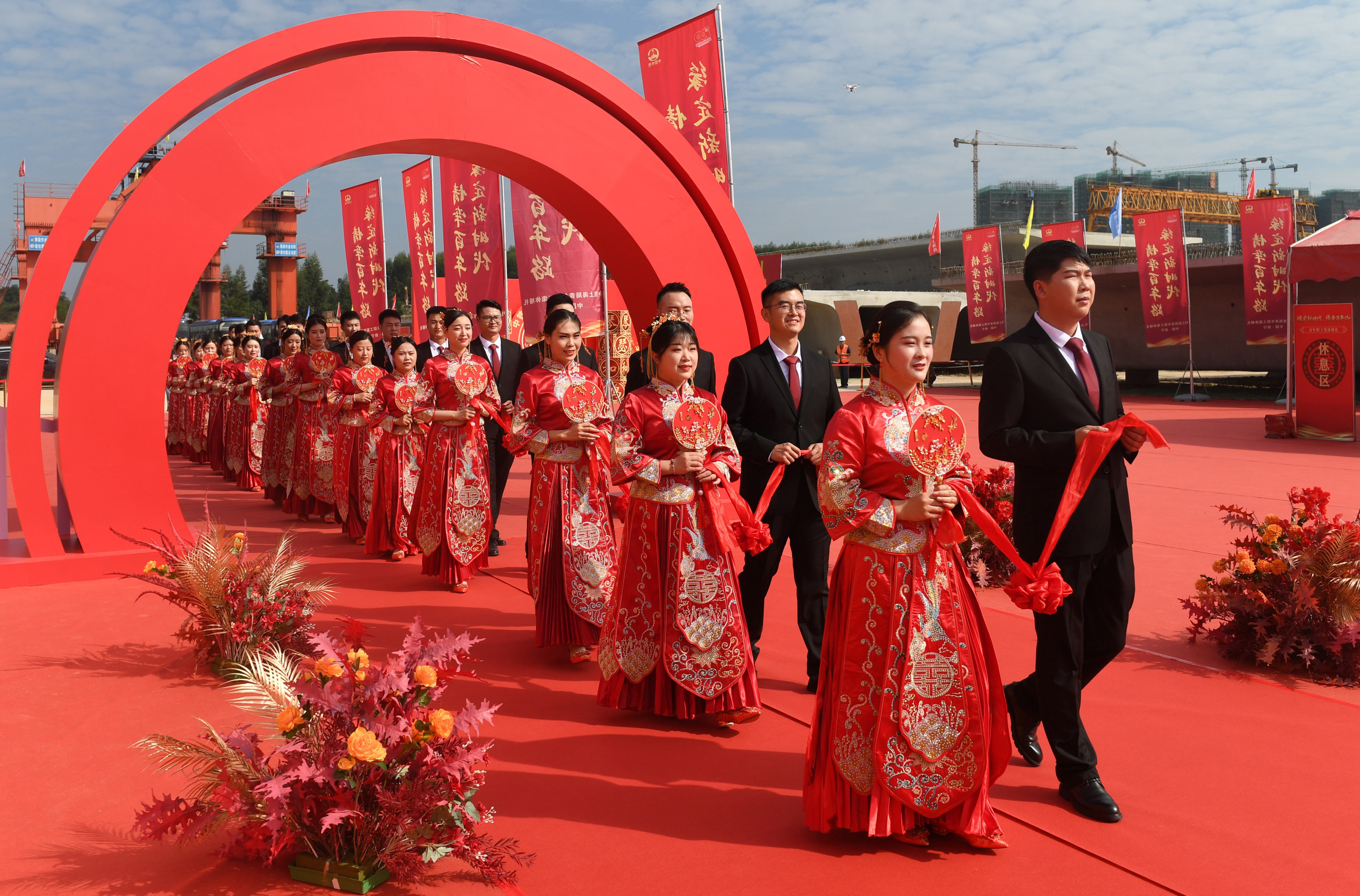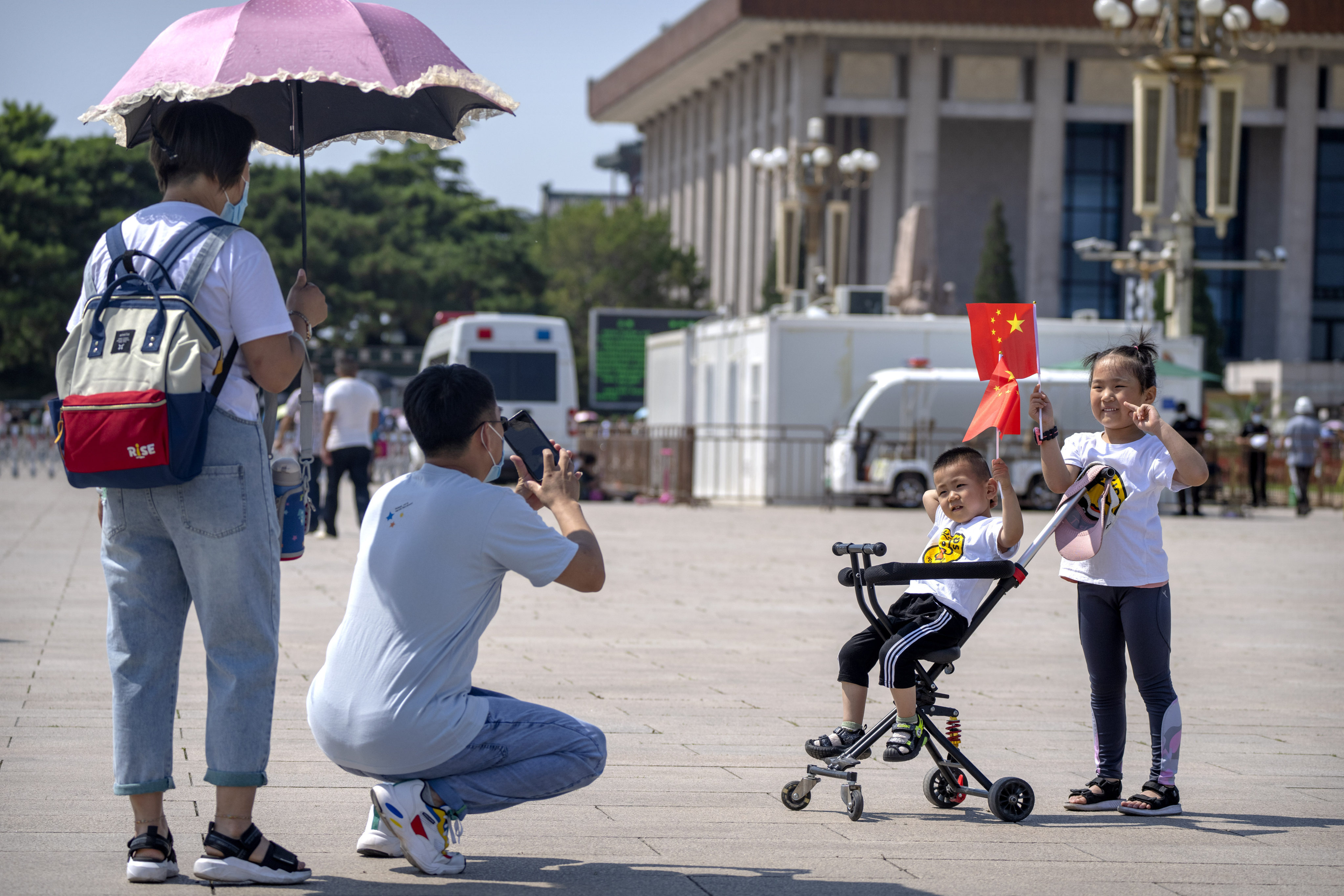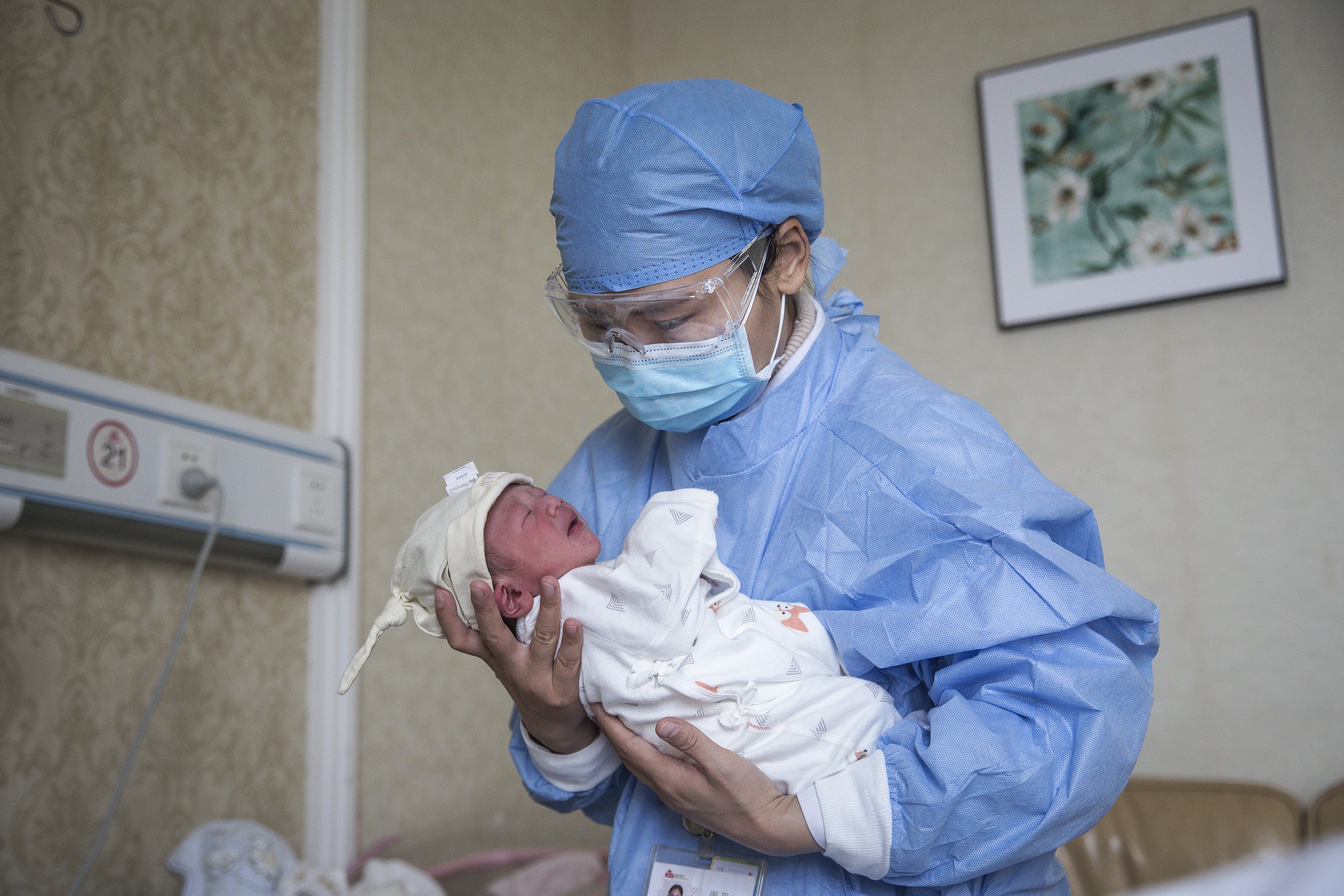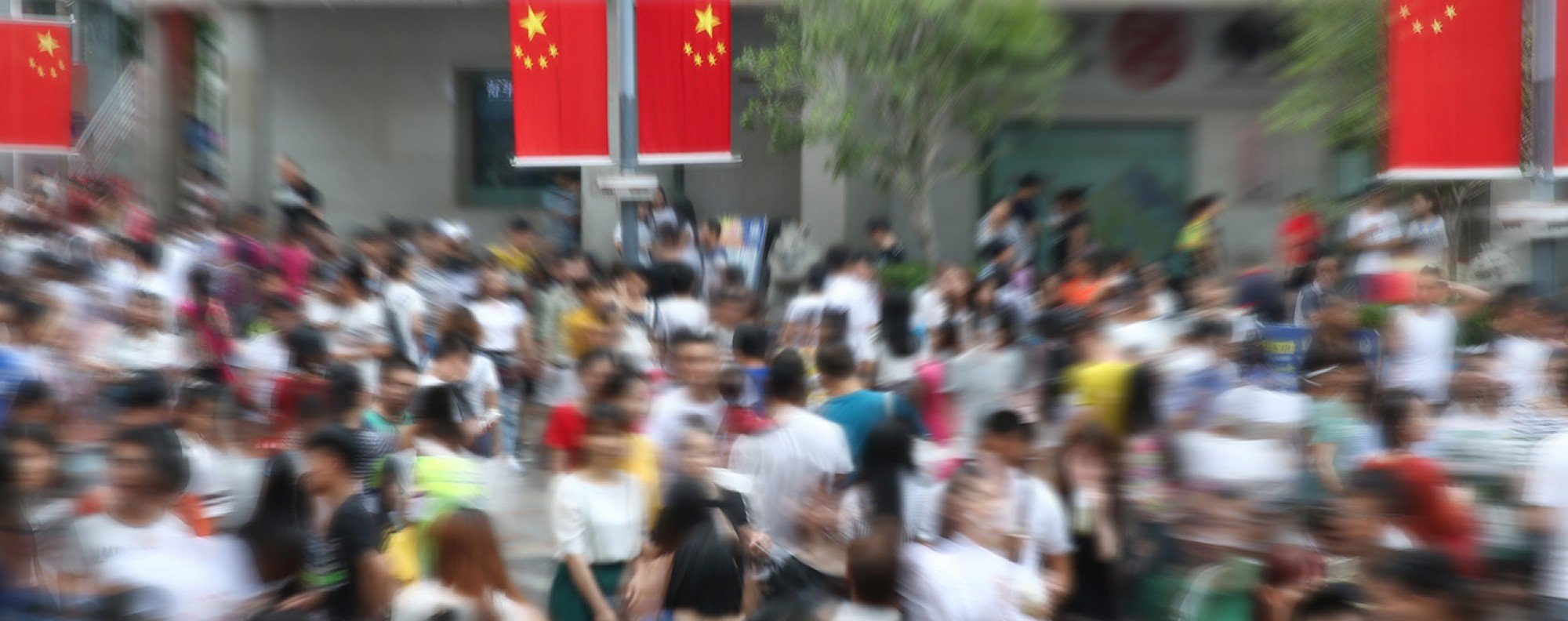
Topic
After four decades of birth control, China has finally woken up and realised that it may have gone too far in implementing the one -child policy, but Beijing’s U-turn in population policy has come too late.
The fact that China’s education ministry omitted the number of new entrants into kindergartens from its yearbook of statistics will make the country’s real demographic picture murkier.
State Council proposals to reverse a declining population through a series of incentives are only the beginning and require the support of all.
A fast-ageing population with evermore retirees and a shrinking workforce is a serious problem in mainland China with a state think tank estimating that funds in the urban pension scheme may be depleted by 2035.
A declining population and plummeting government revenue in Hegang is a bad omen for similar cities, which require a new approach to economic development.
An inability by some Chinese cities to use all of their allocated vaccinations for the local populations could suggest that population figures were misreported in those places.
An unspoken worry is that China has too few children, that they are too divided by wealth and education, and that their interests are not focused on what is best for the nation.
- With one of China’s lowest fertility rates, Shanghai health authorities are trying to understand how reproductive decisions are being made, and home size matters
- Demographer warns that this year’s fertility rate ‘is expected to be even lower’, given the impact of the pandemic on births
With China’s fertility rate falling and its population becoming increasingly older, dwindling consumption presents ‘a brand new challenge that China has never faced before’.
Citizens aged 60 or over account for more than a fifth of residents in 13 of China’s 31 provincial-level jurisdictions, highlighting the challenges ahead for the country’s pension system.
Longwan district in Wenzhou has announced plans to give families a childcare allowance for toddlers, the latest attempt by Chinese authorities to encourage births as the country’s population rapidly ages.
Wuhu’s population problem offers a window into the range of factors influencing China’s low birth rate, including couples choosing to marry later or not have kids at all due to high costs and a lack of support.
Demographer says the pandemic has exacerbated the population decline trend, with estimated 2 million people postponing or abandoning plans to have a baby.
Firms in China are targeting ‘singles’ as a new consumption demographic as more people are expected to live alone after the number of marriages registered hit a new low last year.
Companies in Jiangsu can now claim a reimbursement for maternity leave pay provided to employees who have a second and third child, a policy that could help counter discrimination against women.
Research focuses on Chinese people aged 80 and over and results may not apply to other age and ethnic groups, such as those in Western countries: paper.
Cai Fang, with the CASS, also points to an ‘urgent need’ to make basic public services widely available.
In China, men can get married at 22 and women can wed at 20 – a policy in place since 1980, shortly after Beijing implemented its decades-long one-child policy.
China’s rapidly slowing population growth and dwindling fertility rate have set off alarms for urgent measures to be laid out in Beijing’s annual ‘two-sessions’ parliamentary gatherings.
China’s 14th five-year plan on elderly care has highlighted a dire need to improve services for people above 65, while promising to build more facilities for people at the end of their lives and with chronic illness.
Heilongjiang’s population has plummeted by 16 per cent, or 6.46 million, from a decade ago, according to data from China’s 2020 census. Though severe, the decline is indicative of broader demographic challenges facing the nation.
Some say institutional changes to controversial policies are long overdue, as China looks to adapt to the reproductive needs and rights of its people, but ethical concerns remain.
Viral images of a mother chained by the neck in a tiny room in Jiangsu province have stoked debate in China about human trafficking and the gender imbalance in rural areas.
China is prioritising elderly care as its population rapidly ages, putting pressure on the medical system and threatening to weigh on economic growth.
Mainland China’s overall population increased to 1.4126 billion in 2021, but Chinese mothers gave birth to just 10.62 million babies last year.
Social media recently became enthralled by the story of a 31-year-old migrant who taught himself English, translated a philosophy book and found he could make a living without manual labour, bucking migrant stereotypes.
Yihuang county in Jiangxi province is offering women a host of sweeteners to encourage them to marry, the latest effort by a local government to address China’s declining birth rate.
Demographers offer varying takes on China’s population outlook, with some saying it could shrink by 1 million a year from 2025, while others foresee a more drawn-out decline.
Annual data will show whether China’s number of births and birth rate hit record lows in 2021, and will give breakdowns in terms of age, gender and residence.
Controversial comments by Ren Zeping suggest that women in their mid- to late-forties can be incentivised to have more children, but demographers and state media warn of health and inflation risks.
Survey among thousands of urban residents aged 18-26 found that 43.9 per cent of Chinese women do not see marriage as a certainty – much higher than the 24.6 per cent among men in the same age group.
Beijing has been pushing couples to have multiple children, but policy advisers warn that more must be done to reduce the cost of childbearing and parenting.






